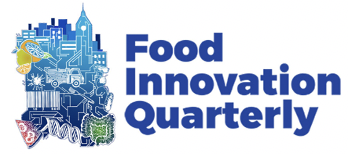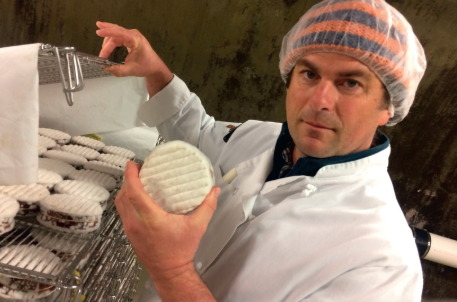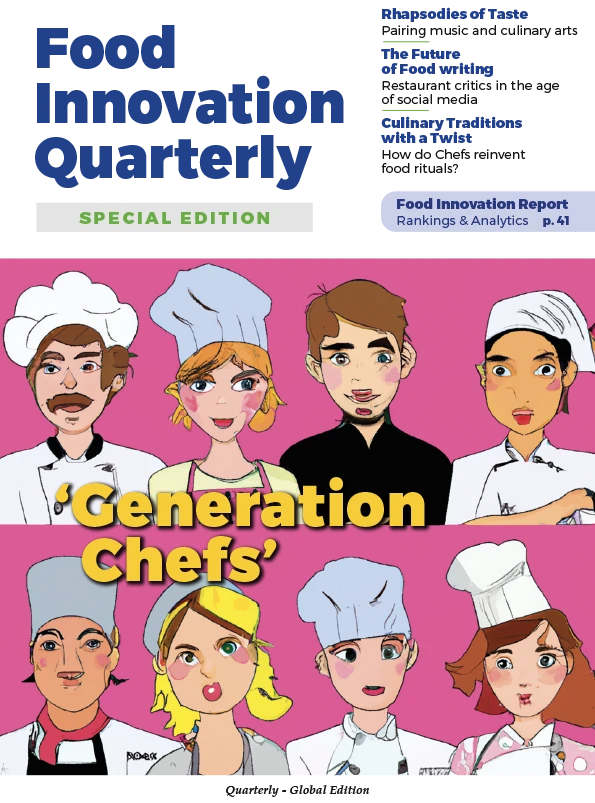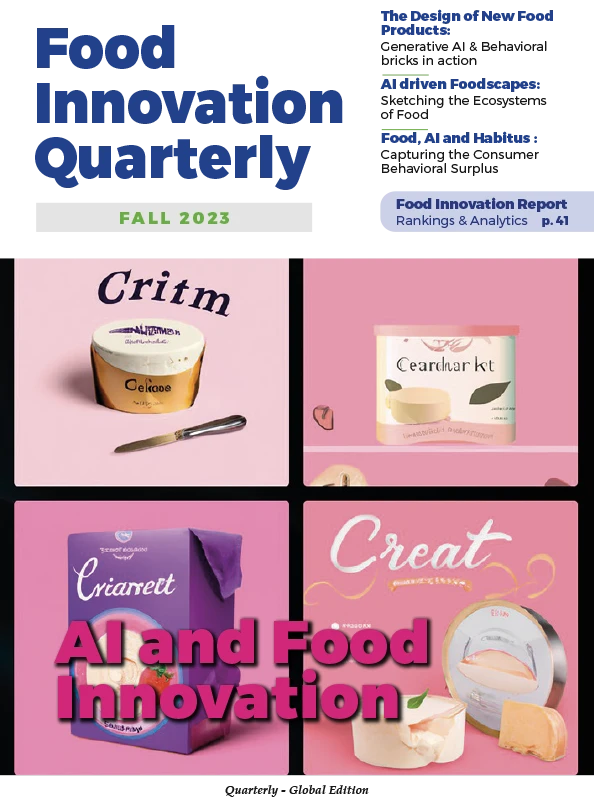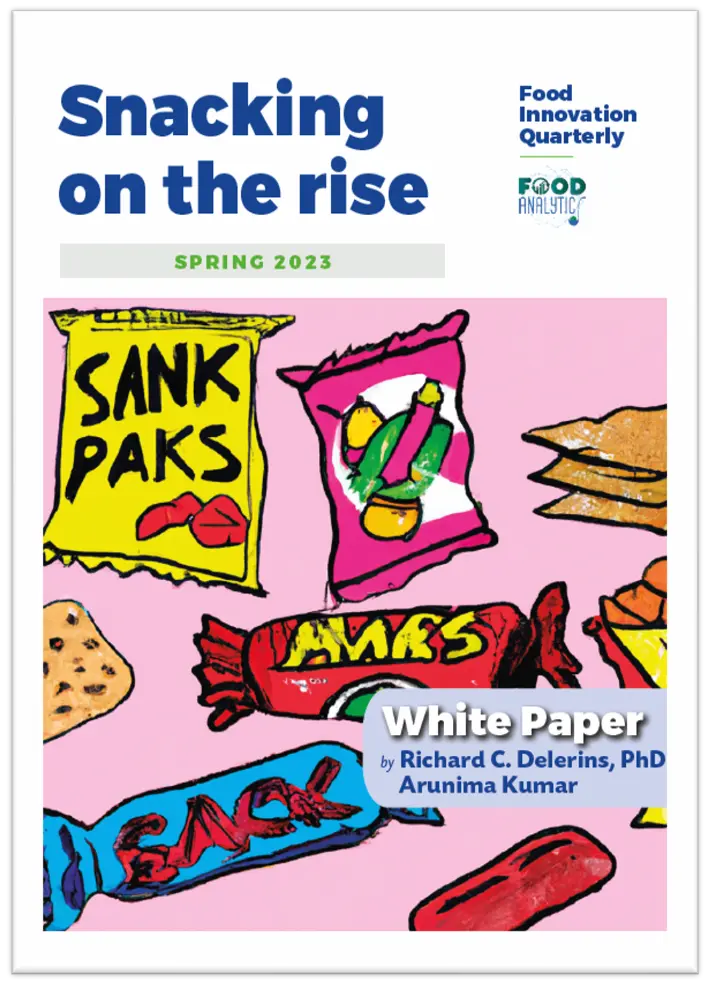Back in the 1970’s U.S. Secretary of Agriculture Earl Butz famously urged farmers to ‘get big or get out.’ The policies put in place during this time cemented the factory farm as a fixture of rural communities, making small family farming increasingly financially unviable. He promised that overproduction would result in global trade domination and record profits.
It turns out, the global market didn’t have the appetite for our standardized nutrient bricks that we expected. By the 80’s, the government had stockpiled over $4 billion dollars’ worth of physical cheese inventory to prop up a flailing industry. Government programs incentivized fast food corporations to maximize cheese use on the menu. Small and medium farms went broke. Big farms got bigger, along with their debt load. Cash and people flowed away from the country to urban centers. Poverty, addiction, and scarcity of healthcare infrastructure has resulted in a well-documented impact on public health called the ‘rural mortality penalty’ by researchers.
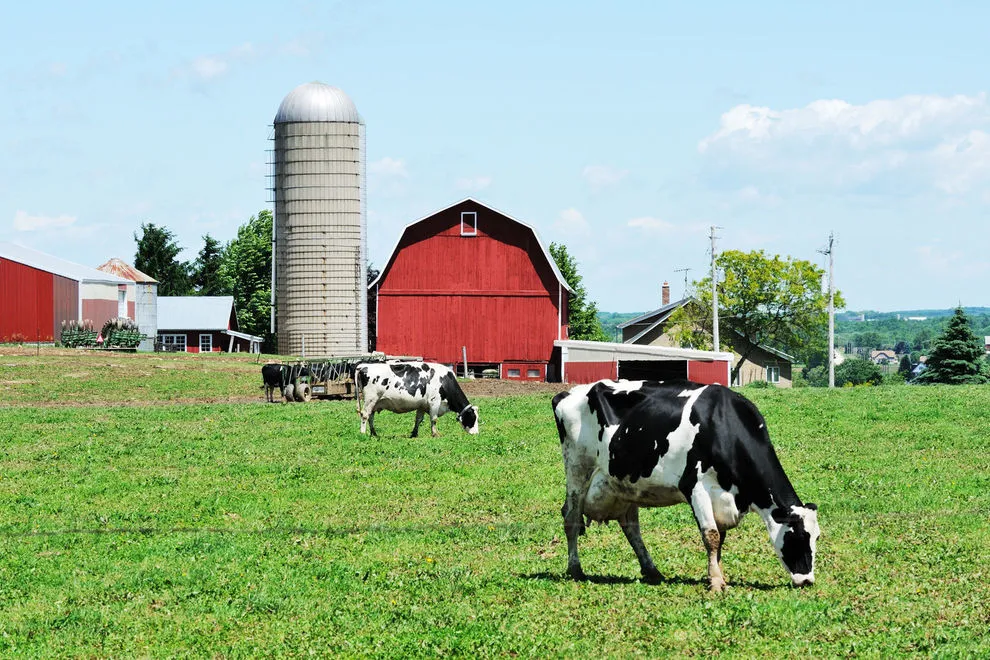
As a child of the 80’s, I grew up in such an abstracted Midwestern landscape—it took the discovery of farmstead cheese, well into my 20s, to spark an interest in agriculture. Farms dominated the landscape, but the fruit of those efforts were processed beyond recognition into ethanol, animal feed, or junk food. I struggled to connect the dots between my love of nature and a budding interest in food as a career path. When I was finally introduced to the intrinsic bond of biodiversity and flavor, it was a revelation.
As an undergrad in the early 2000’s, I studied the ecologically disastrous impacts of industrial agriculture. A single cheese factory in California was making over 2 million pounds of cheese a day while pumping 140,000 gallons of untreated waste onto the landscape. This plant is still in operation today, paying fines to continue after failed attempts to innovate solutions and successfully lobbying for increased wastewater discharge limits all the while.
While we were busy overstocking commodity cheese to ruinous effect, boatloads of dialed-in European artisan and larger scaled ‘specialty’ cheeses were hitting our shores. At the turn of the millennium, liberalized trade, advancements in perishable shipping logistics, and the influence of celebrity chefs—combined with a growing disillusionment around conventional farming—resulted in significant increases to imported cheeses as the American specialty food movement picked up steam. French chefs in big cities wheeled cheese carts around white tablecloths, independent cheese shops blossomed, and specialty supermarkets would follow their lead, installing proper, full-service cheese cases in place of pre-cut sets.
Then we arrived (and still are) at what M.I.T. anthropologist Heather Paxson calls our post-Pasteurian era—our pendulum of science vs. nature heading back towards a sensible middle ground. ‘Clean’ eating now signals a natural, organic preference over a highly processed food, fully separated from its dirt but adulterated with preservatives as we have gained enough understanding of the value of diversity in natural systems and the relative safety of robust microbial communities to finally embrace them.
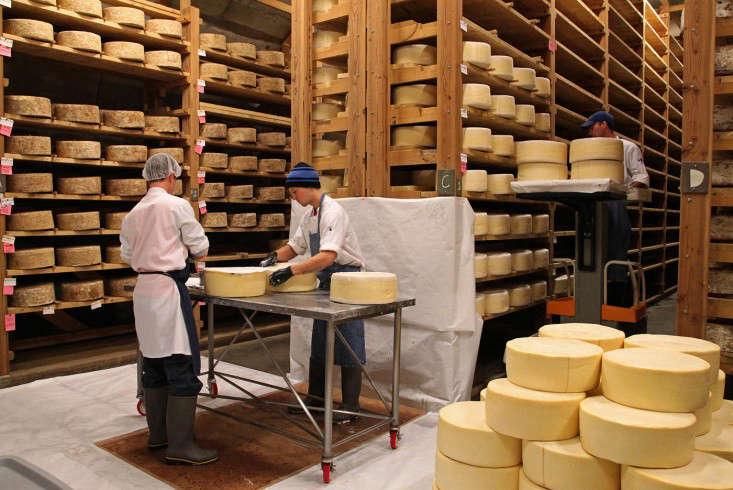
Small and medium farms have been repopulated by optimistic young people. For cheese, the pioneering ‘goat ladies’ of the 80’s—Allison Hooper, Judy Schaad, Jennifer Bice, Laura Chenel, Mary Keehn—led the way. In the late 90’s after a brutal run of commodity milk prices that sank below the cost of small-scale production, new generations of dairy farmers turned to the prospect of farmstead, value-added cheesemaking. By converting their raw material into something more valuable before it left their hands, destiny could be harnessed.
Unrestrained by stringent traditional guardrails, unlike their European peers, American artisan cheesemakers could embody the individuality and authenticity of this new paradigm, rediscovering the meaning of terroir in their post-modern world.
It was during this fateful turning point that I discovered cheese while attending culinary school. I walked into Murray’s Cheese in the West Village of New York City and was offered a job on the spot. The new American cheeses, I observed, were the breakout stars of the case, holding their own next to their European ancestors.
I was trained to take the helm of the small set of ripening caves beneath the store. I also took on the more laborious purchasing of American Farmstead Cheeses–while my bosses could place a single PO for dozens of imports, I would doggedly try to get a farmer on the phone to eke out an allocation of one or two rare wheels at a time. I found the work extremely rewarding, learning the stories of these intrepid heroes of our food system, and representing them to the customers and chefs who would visit my underground lair of edible culture.
Jasper Hill Farm was a standout in the burgeoning American scene, articulate in their ambition to be agents of change. The small operation was founded by two couples-brothers Andy and Mateo Kehler with their wives Victoria and Angie, who pooled their savings to buy a rundown farm in the super remote ‘Northeast Kingdom’ of Vermont.
They set about fixing up the barn and building an attached farmhouse creamery. They began a grueling but rewarding daily routine: Cows were taken to fresh pasture after each milking, and cheese was made daily lest the milk go to waste. Wheels ripened away on wood shelves in the cellar. The Kehlers cold-called trendsetting chefs and shops and sent a few pounds of cheese at a time out by mail, not having enough volume to warrant a refrigerated truck climbing up the unpaved backroad.
Then emerged the Cabot Cooperative Creamery, the farmer-owned co-op from Vermont known for high-quality, classic New England White Cheddar. They registered the growing energy around artisan cheese but saw their ‘specialty’ grade cheese relegated to the deli and dairy case with the commodity stuff. The barrier to entry for the service case was a rustic, natural rind so they were looking for a ripening cave to experiment with. The Kehlers appreciated the bit of extra cash from ripening fees.
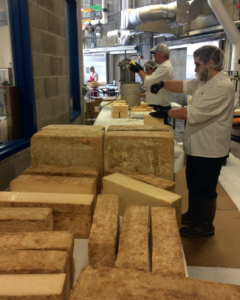
A year in, as the cheese was tasting great, the group realized that Jasper Hill, with their direct line to tastemakers, was in a better position to find homes for it than the Cabot sales team. They discovered that the field was basically wide-open at the time for a bandaged cheddar made on home turf.
Cabot Clothbound thus was born—an unlikely collaboration between the largest and smallest cheesemakers in the state. In 2006, its first year on the market as a co-branded cheese, Cabot Clothbound won Best in Show at the American Cheese Society Competition.
Within months of the award, excavation of a pasture hillside was underway at Jasper Hill, resulting in a 22,000 square foot, seven vaulted, underground Cellar system, imagined as a piece of infrastructure that could lower the barriers to entry for others into the value-added lane.
Surprising collaborators in this project included Hervé Mons, a notoriously progressive French affineur, and Neal’s Yard Dairy’s Randolph Hodgson, founder of the famed London shops and ripening tunnels. With an evolved ethic of globalism, they recognized that a project this ambitious would likely hasten the development of artisan cheese culture in the U.S. and in turn win them new customers, and that collaboration amongst the underdogs of ‘real’ cheese could strengthen their bid to gain traction against what they saw as true competition—standardized, industrially produced, cheap cheese.
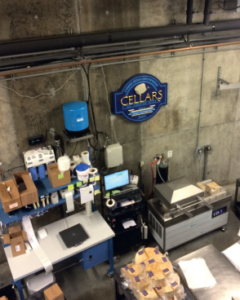
I was hired by the Kehlers in 2009, as the first cheeses were coming ripe from The Cellars. With no formal sales or marketing experience, they turned me loose on any monger, chef, or sales rep, and my storytelling probably demonstrated more authenticity, more cultural currency in these circles. With the foundational weight from Cabot Clothbound, we packed pallets instead of shipping boxes. We hitched a ride on the trucks sent to fetch these imports by distributors across the country. Then we started seeing it – the reversal of the flow of capital, now from those pockets of wealth back to our hometown. And it all got folded back into the grand vision.
We helped other farming families develop cheese, sold as part of our growing collection. We got another herd of cows and built another creamery. We invested in hay-drying technology. Dry hay is crucial for certain kinds of raw milk cheese; fermented feed is the more economical solution for damp climates, but can cause cheese bloating and… off flavors. We set up a little microbiology lab to study native flora after serving as a ‘microbe safari’ for researchers Dr. Rachel Dutton and Dr. Ben Wolfe, who used cheese rinds as model systems to study the dynamic interactions within microbial communities. They have become post-Pasteurian icons of our industry.
In a rare land management reversal, we reclaimed the pastures around the farm we bought from corn production. That farm, too, had been modernized so that the cows could be kept in, conserving energy for milk-making, leaving the farmers to go fetch their dinner–corn grown to optimize productivity per square inch. It took years to rebuild the soil after these vampiric stalks. A grant-funded program we’re involved with has documented that a grazing system is able to fix hundreds of tons of carbon per acre, while corn production releases it from soils at twice the rate in the opposite direction.
Most recently, we renovated the original farmhouse creamery to include a pair of copper-lined vats. Alongside them, we placed the tools we need to prepare our own starter cultures and rennet for our cooked-pressed, that is Alpine style cheeses (Alpha Tolman and Whitney) from whole calf abomasum—we are one of just a few in the country to have reclaimed this traditional approach.
As we’ve grown, technology has been deployed time and again not to standardize, but to refine textures, to deepen complexity, to double down on our commitment to raw milk cheesemaking.
In general, independently produced American artisan cheeses have been improving. The Food Safety Modernization Act of 2011 set a high bar for formalized risk management plans, traceability, and Good Manufacturing Practices, not easy for small producers. But those hurdles make for better, more mindful cheesemaking that goes beyond the benefit of consumer protections. It showed that a science-based approach needn’t be antithetical to delicious, place-based cheese.
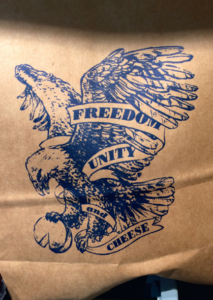
This points to an interesting turning point for our industry. Cheese like ours is still the exception to the rule and as they’re getting more expensive, we’re working harder for every sale; most in our class are pushing past $40 per pound at retail.
It feels unfair; these prices reflect a true cost of production that we have taken responsibility for. Our herdsmen have health insurance and a 401K (employermatched retirement savings fund). The farms we buy milk from are paid on a cost-plus model that’s calculated by a third-party non-profit, so when their costs go up, they get paid more for their milk regardless of what the commodity market is doing. We’re taking care of our land and we’re prioritizing product quality. Meanwhile, a cheap imitation is a fraction of the price, with costs externalized to rural communities.
The purveyors out there who tell our story and win new customers are struggling in a post-pandemic, unsettled economy. Labor challenges at the retail level and recursive AI-driven purchasing have robbed higher-end cheeses of the agency and representation we once enjoyed. We see the independent producers we came up behind getting swallowed up by multinational corporations.
Raw milk, the cornerstone of our value proposition, is now under a two-fold threat. Then as now, big companies with vast pooled milksheds, who wouldn’t dare manage raw milk complexity at such a scale, are purporting to offer raw milk as a primary selling point, while they are heating the milk just one degree shy of legal pasteurization—thereby eliminating any possible nutritive or flavor benefit, along with real raw milk cheesemakers’ competitive advantage.
But more recently, pandemic traumatized public officials, armed with advancements in genomic pathogen traceability, are swinging the pendulum back to a place of microbial fear and a ‘better sterile than sorry’ mentality. Several of our place-based cheesemaking friends in the UK have started pasteurizing in the wake of some pathogenic witch hunts.
We maintain that there is sufficient human intellect to allow for responsible raw milk cheesemaking into the future, and we trust our customers to make informed decisions on relative risk. Because ‘good’ cheese, as I know it, is made possible by a forward-thinking approach that balances tradition with innovation, embraces complexity and diversity, and seeks to create sustainable and resilient food systems for the future. But we need more customers to make it transformative, people who embrace nuance of flavor and craft who will help us enlarge these bright spots to a new era of enlightenment.
